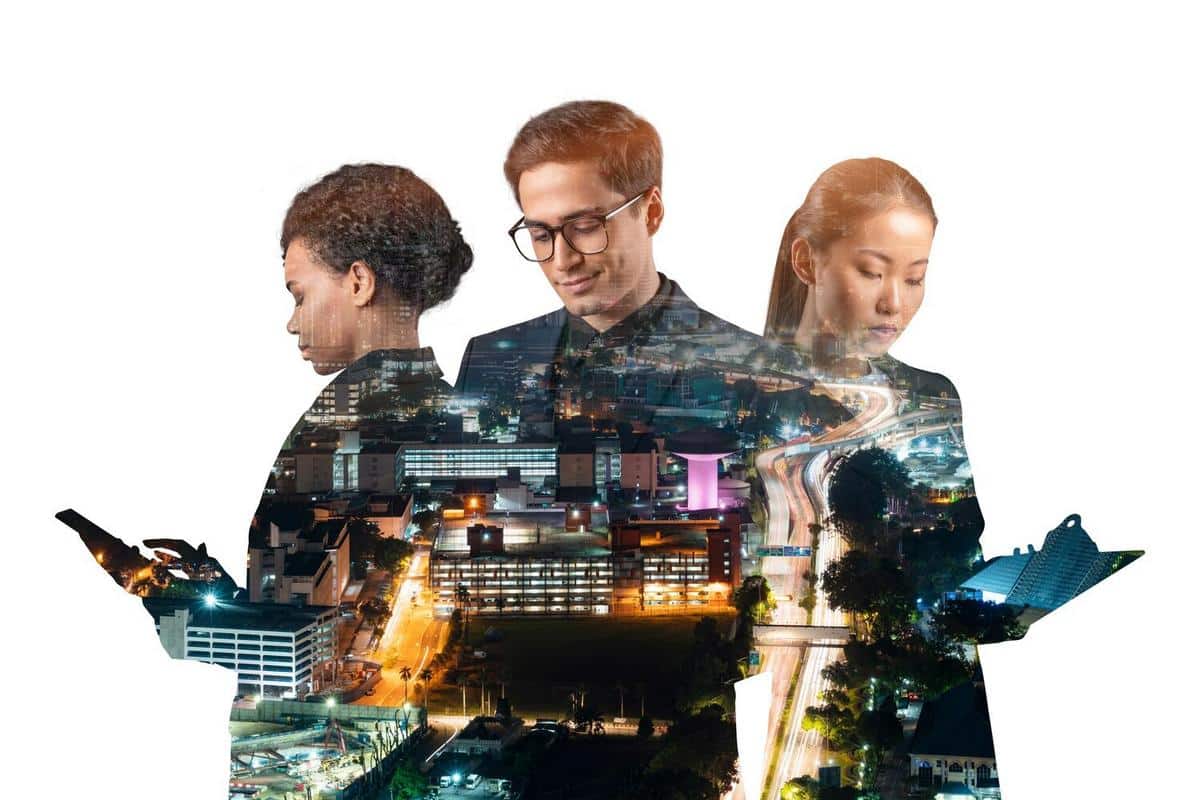
The Role of IoT in Smart Cities
As cities around the globe strive to become smarter, the integration of the Internet of Things (IoT) is proving to be a game-changer. This technological advance is not just a futuristic concept; it’s a reality that is reshaping urban living, making cities more efficient, sustainable, and livable.
The concept of IoT in smart cities revolves around the idea of interconnected devices communicating with each other to enhance urban services. From traffic management to waste disposal, IoT applications are improving city infrastructure and services in unprecedented ways. According to a report by McKinsey, IoT could have a total economic impact of $4 to $11 trillion a year by 2025, with a significant portion stemming from smart cities.
IoT in Urban Infrastructure
Urban infrastructure is one of the primary beneficiaries of IoT technology. Smart sensors can be deployed to monitor and manage public utilities like water, electricity, and gas. For instance, smart meters allow for real-time monitoring of resource consumption, leading to better efficiency and reduced waste.
| IoT Application | Benefit |
|---|---|
| Smart Traffic Lights | Reduce congestion |
| Waste Management | Optimize collection routes |
| Water Management | Detect leaks and reduce waste |
| Energy Grids | Improve distribution efficiency |
| Public Safety | Enhance emergency response |
| Air Quality Monitoring | Improve public health |
| Parking Management | Reduce parking time and emissions |
| Building Management | Enhance energy efficiency |
Expert Opinions on IoT and Smart Cities
Experts believe that IoT will be integral to urban planning and development. In an interview with TechCrunch, urban planner Alex Johnson mentioned, “IoT technologies are providing cities with new ways to manage their resources effectively and sustainably.” This sentiment is echoed by many in the field, highlighting the potential for IoT to revolutionize urban living.
Practical Examples and Actionable Tips
An excellent example of IoT in action is seen in Barcelona, where smart streetlights adjust their brightness based on the presence of pedestrians, conserving energy. For cities and municipalities looking to implement IoT solutions, starting with a pilot project can provide valuable insights. By focusing on one area, such as smart waste management, cities can evaluate the benefits and scalability of IoT technologies.
Challenges and Solutions
While the benefits of IoT in smart cities are significant, challenges such as data privacy and security cannot be ignored. Implementing robust cybersecurity measures and ensuring transparency with residents are crucial steps in overcoming these hurdles.
Frequently Asked Questions
How does IoT improve traffic management?
IoT improves traffic management by using sensors to monitor traffic flow and adjust traffic lights in real-time, reducing congestion and emissions.
What are some cost-effective IoT solutions for small cities?
Small cities can start with smart street lighting and waste management systems, which offer significant returns on investment.
Conclusion
In summary, the role of IoT in smart cities is pivotal in transforming urban environments into more efficient and sustainable spaces. By leveraging IoT technologies, cities can improve infrastructure, enhance public services, and create a better quality of life for their residents. As technology advances, the integration of IoT in city planning will continue to grow, paving the way for smarter, more connected cities worldwide.